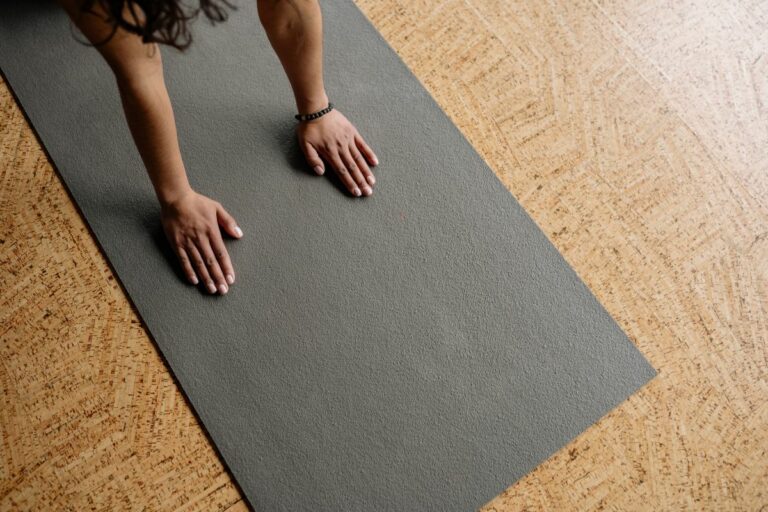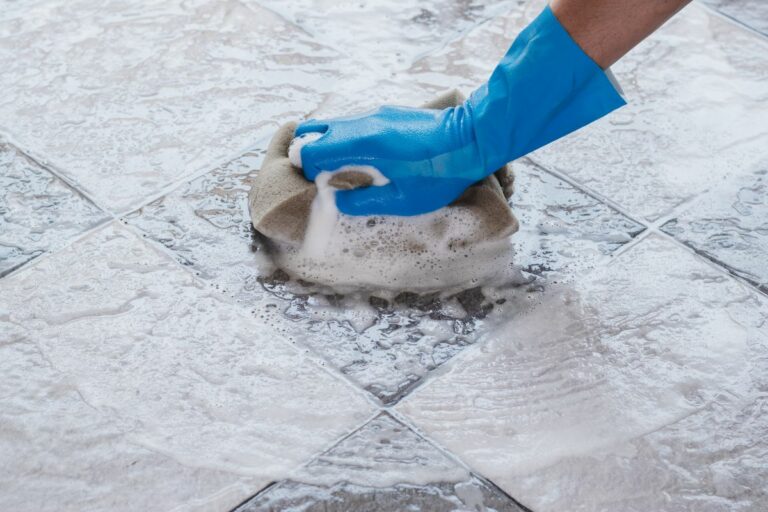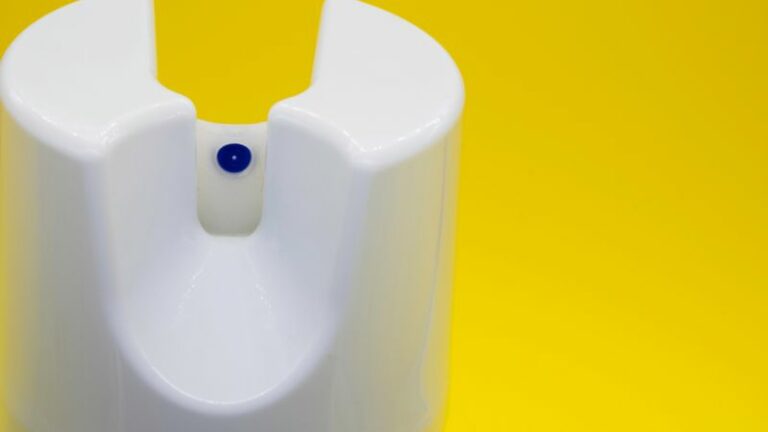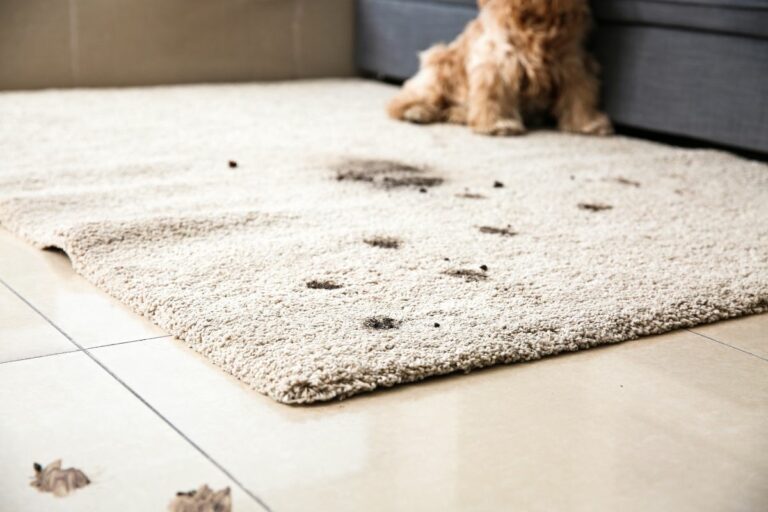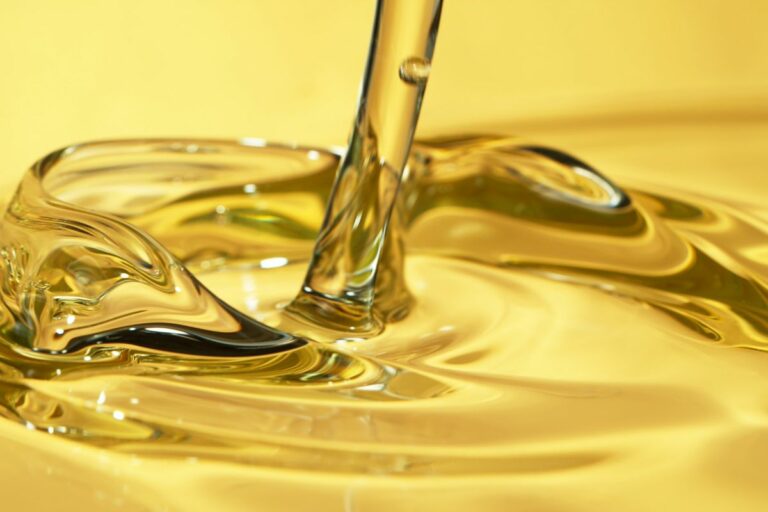Say Goodbye to Dead Mouse in Wall Odors: Effective Solutions
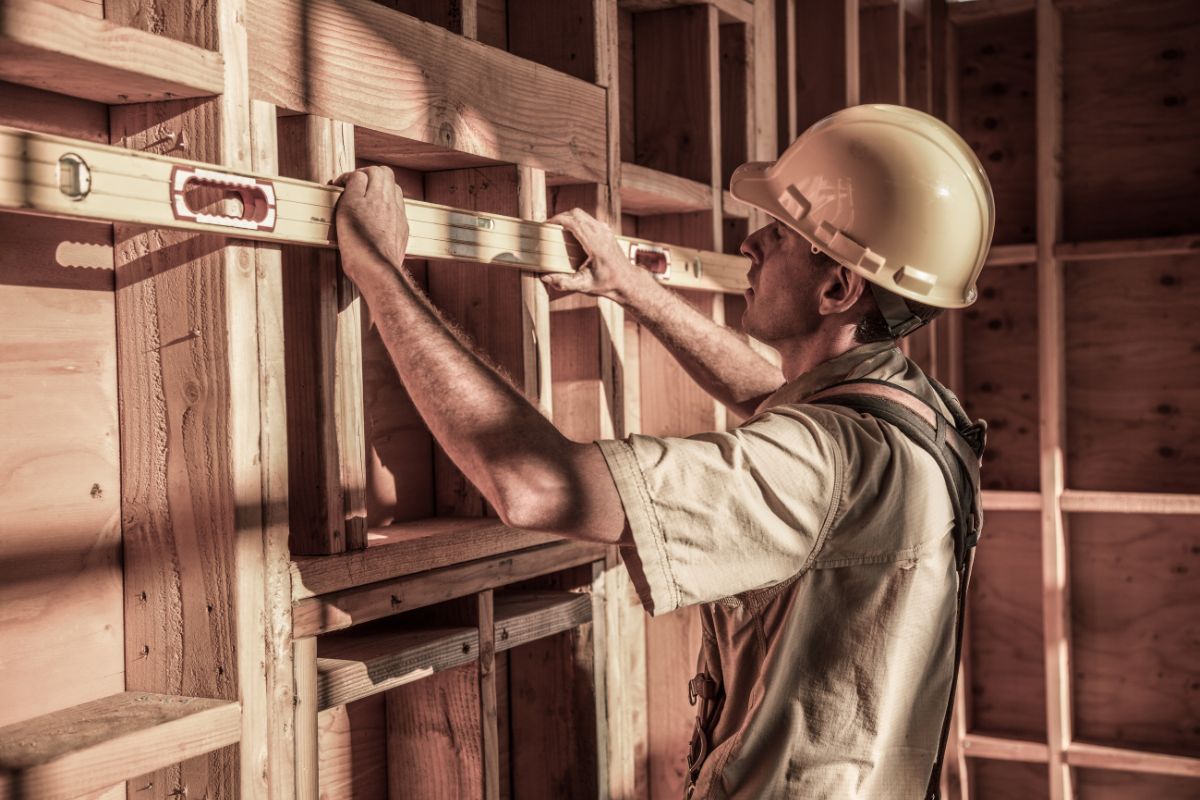
Are you tired of that nauseating smell haunting your home? Dead mice hiding in your walls can create an unbearable stench, and we know how frustrating that can be. But worry no more! We have effective solutions for getting rid of that pesky odor once and for all.
Keep reading to learn how to neutralize the smell using simple items like baking soda or charcoal. We’ll also discuss more robust solutions like bleach mixtures and commercial disinfectants.
Discover convenient odor-absorbing methods, including coffee grounds, deodorizer bags, and vinegar. You’ll be breathing easy again in no time, saying farewell to the dreaded dead mouse smell.
Stay tuned to explore these odor-busting techniques and learn how to remove a dead mouse from your wall safely. No longer will your home be plagued by the stench of decomposition. With these tips and tricks, you’ll quickly reclaim your fresh, clean living space.
In this article..
- Identifying the Source of the Smell: Locating the Dead Mouse
- Safely Removing the Dead Mouse: Necessary Precautions and Tools
- Natural Odor Neutralizers: Baking Soda, Vinegar, and Charcoal
- Using Coffee Grounds as a Deodorizing Agent
- Commercial Solutions: Disinfectants and Odor Eliminators
- DIY Deodorizer Bags: Absorbing Unpleasant Smells
- Ventilation and Air Purifiers: Improving Air Quality
- Preventing Future Mouse Infestations: Tips and Tricks
Identifying the Source of the Smell: Locating the Dead Mouse
The best way to identify the source of the smell is to follow your nose! The scent of a dead mouse is a mix of sulfur dioxides and other gases produced during decomposition. The odor can come from anywhere in your home, so it’s crucial to find the exact location of the dead mouse to remove it.
To locate the dead mouse:
- Follow your nose to the most pungent smell. The closer you get to the source, the stronger the scent. Move from room to room, and pay attention to any changes in odor intensity.
- Use a flashlight to check potential hiding places, such as walls, crawlspaces, and attics. Look for feces, urine stains, and gnaw marks along walls and baseboards.
- If the smell is coming from a wall, listen for scratching or scurrying sounds to confirm the presence of rodents. You may also notice holes or stains on the wall where the mouse has entered or died.
Once you have located the dead mouse, you should dispose of it immediately. Wear gloves, place the mouse in a plastic bag, seal it tightly, and throw it in the trash. Use a disinfectant to clean the area and remove any remaining odor thoroughly.
Safely Removing the Dead Mouse: Necessary Precautions and Tools
Safely Removing the Dead Mouse: Necessary Precautions and Tools require wearing gloves, using disposable rags, and sealing the mouse in a plastic bag. Vacuuming or sweeping dead mice or droppings can spread bacteria and viruses in the air. Cleaning the area with a disinfectant spray or a bleach/water mixture is crucial.
To dive deeper into this topic, consider these points:
Types of gloves to use:
- Disposable latex or nitrile gloves are ideal for handling dead mice.
- Avoid using cloth or leather gloves as they can harbor bacteria.
- Always discard gloves after use and wash your hands thoroughly.
Using a bleach/water mixture:
- Combine 1-part bleach with 9-part water to create an effective cleaning solution.
- Apply the mixture to the affected area and let it sit for a few minutes.
- Wipe the area clean with a disposable rag, dispose of it, and wash your hands.
Safe disposal of the dead mouse:
- Place the sealed plastic mouse bag into another bag for extra protection.
- Dispose of the bag in an outdoor trash bin to minimize the chance of spreading bacteria.
- Keep rodents and pests away from your home by sealing off entry points and practicing proper sanitation.
Remember, following these steps is essential to ensure the safe removal of dead mice and minimize the risk of exposure to harmful bacteria and viruses.
Natural Odor Neutralizers: Baking Soda, Vinegar, and Charcoal
Natural odor neutralizers, such as baking soda, vinegar, and charcoal, effectively remove the smell of a dead mouse. These household items are safe and easy to use for eliminating unpleasant odors.
Baking soda is well-known for its deodorizing properties. To use it to remove the smell of a dead mouse, follow these steps:
- Sprinkle baking soda on the affected area.
- Allow it to sit for a few hours, preferably overnight.
- Vacuum up the baking soda, which has now absorbed the odor.
Vinegar is another powerful natural odor neutralizer. To use it effectively, follow this simple method:
- Fill several cups with vinegar.
- Place the cups strategically around your home, near the source of the smell.
- Leave the cups for a day or two to allow the vinegar to absorb and neutralize the odor. Replace the vinegar if necessary.
Charcoal is a highly effective natural odor absorber. It is available in various forms, such as briquettes or activated charcoal bags. Here’s how to use charcoal for odor removal:
- Place charcoal briquettes or activated charcoal bags near the source of the odor.
- Leave them in place for several days, allowing the charcoal to absorb the smell.
- Replace the charcoal as needed until the odor is eliminated.
Using Coffee Grounds as a Deodorizing Agent
Using coffee grounds as a deodorizing agent is an effective way to combat the smell of a dead mouse on your wall. The nitrogen in coffee works to neutralize odors, making it a natural and eco-friendly solution.
To use coffee grounds as a deodorizer:
- Collect used coffee grounds and spread them on a baking sheet. Allow them to dry completely to prevent mold growth.
- Place the dried coffee grounds in an open container, such as a bowl or a small mesh bag. This will allow the nitrogen in the coffee to interact with the air and neutralize any unpleasant smells.
- Position the container near the source of the odor, such as in a wall vent or near the area where the dead mouse is located. This will help to absorb the smell quickly and effectively.
Some additional benefits of using coffee grounds as a deodorizing agent include:
- Cost-effective: Instead of spending money on chemical-based deodorizers or air fresheners, repurpose your used coffee grounds as a natural, cost-effective alternative.
- Versatility: Coffee grounds can neutralize other undesirable odors around your home, such as in the refrigerator, freezer, closet, or car.
- Cleaning up after cooking: Coffee grounds can also help to remove strong smells from your hands after preparing food, like garlic or onions. Rub your hands with a few coffee grounds and rinse with water.
Commercial Solutions: Disinfectants and Odor Eliminators
Commercial solutions like disinfectants and odor eliminators are highly effective in removing the smell of a dead mouse from your home or office. A wide range of odor control products is available, from RMR PRO-Xtreme Odor Eliminator to AIRX 23 Odor Counteractant Spray. These products not only mask the odor but permanently eliminate it, leaving the space smelling fresh and clean.
Rubbermaid, Time Mist, and Fresh Products offer commercial odor control products and air sanitizers. Pro Chem Inc. has programmable dispensers and time mist deodorants that eliminate unpleasant smells. In addition, AIRX 101 All Purpose Cleaner is an excellent solution for cleaning and disinfecting surfaces, leaving them free from harmful bacteria and viruses.
Commercial disinfectants and odor eliminators are ideal for use in various settings, including hospitals, clinics, schools, offices, and homes. These products are available in different forms, including sprays, gels, and wipes, making them easy to use and highly convenient.
Incorporating these solutions into your cleaning regime ensures your space is always clean, sanitized, and free from unpleasant odors.
DIY Deodorizer Bags: Absorbing Unpleasant Smells
DIY deodorizer bags are a great way to absorb unpleasant smells around your home. These bags are easy to make with simple household items and can be customized to your preferred scent. Mix ½ cup of baking soda with 15 drops of your favorite essential oil in a 4oz mason jar, cover it with a paper circle, and poke holes for airflow.
Another option is to use cotton fabric or cheesecloth, scoop in 3 tablespoons of baking soda and two tablespoons of dried herbs, tie up the corners, and place them around your home.
When dealing with strong odors like dead mice on walls, DIY deodorizer bags may not completely eradicate the smell, but they can help reduce it. You may want to place several bags in the affected area to increase the amount of odor absorption.
In addition to using DIY deodorizer bags, you can also try other methods like opening windows, using an air purifier, or cleaning the area thoroughly.
Baking soda is a popular ingredient in DIY deodorizer bags because it naturally absorbs odors. It works by creating a chemical reaction that neutralizes acidic smells.
Other natural ingredients that you can use for DIY deodorizer bags include activated charcoal, which absorbs toxins and allergens, and vinegar, which can be used to remove lingering smells in the air. Experiment with different ingredients and scents to find the best combination for your home.
Ventilation and Air Purifiers: Improving Air Quality
While removing the carcass is essential, addressing the poor air quality caused by the decomposing animal is also important. Have you ever experienced a foul smell in your home that seems to be coming from the walls? This could signify a dead mouse or other small animal trapped inside. This is where ventilation and air purifiers come in.
Proper ventilation can help reduce odor and improve the overall air quality in your home. Opening windows and doors and using fans can help bring in fresh outdoor air and enhance indoor air circulation. Similarly, using air purifiers with HEPA filters can trap particles and airborne pollutants, including the unpleasant odor caused by dead animals.
Combining ventilation and air purifiers with the appropriate filters can significantly improve the air quality you breathe. But what about other pollutants that may be present in the air, such as volatile organic compounds (VOCs) and bacteria? This is where different types of filters come in. Carbon filters can help reduce VOCs, while UV filters can eliminate bacteria and other microbes.
It is also essential to take steps to prevent future odor and air quality issues from occurring. This includes sealing any entry points where animals can enter your home, regularly cleaning and maintaining your HVAC system and air purifiers, and avoiding harsh chemicals or products that can release harmful pollutants into the air.
Preventing Future Mouse Infestations: Tips and Tricks
To prevent future mouse infestations, being proactive is vital. Start by sealing up cracks and holes in your home that can serve as entry points for these furry pests. Eliminate any sources of food and water that may attract them as well.
If you’re already dealing with a mouse problem, set traps to capture them. Natural deterrents like essential oils or a hot pepper solution can also be effective. Finally, getting a cat can help keep mice at bay.
In addition to the tips mentioned above, several other ways to prevent mouse infestations exist. Here are some additional steps you can take:
- Keep your home clean and clutter-free to minimize areas where mice can hide.
- Store food in airtight containers or in the refrigerator to prevent mice from accessing it.
- Don’t leave pet food sitting out overnight.
- Trim back any tree branches or shrubs touching your home, as these can serve as bridges for mice to enter your house.
- Ensure your garbage cans have tight-fitting lids to prevent mice from rummaging through them.
If you’ve tried all of these tips and still have problems with mice, it may be time to call a professional exterminator. They can assess your home and recommend the best action to eliminate any remaining mice and prevent future infestations.
Remember, the key to preventing mouse infestations is to be proactive. By taking the steps outlined above, you can keep your home mouse-free and avoid the hassle and expense of dealing with a full-blown infestation.




